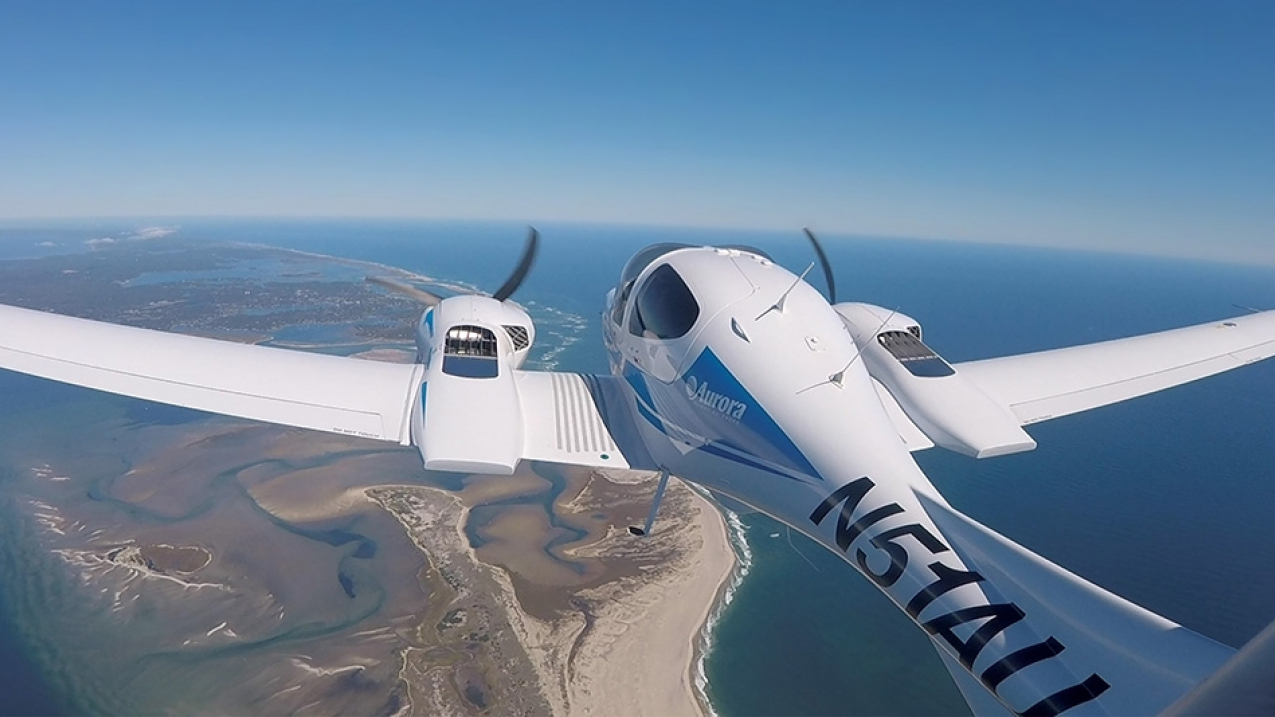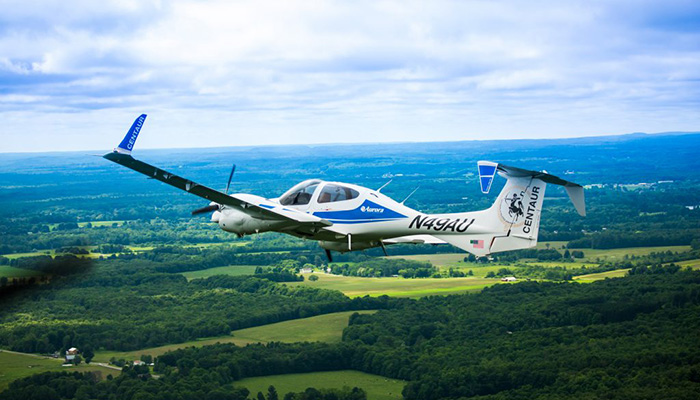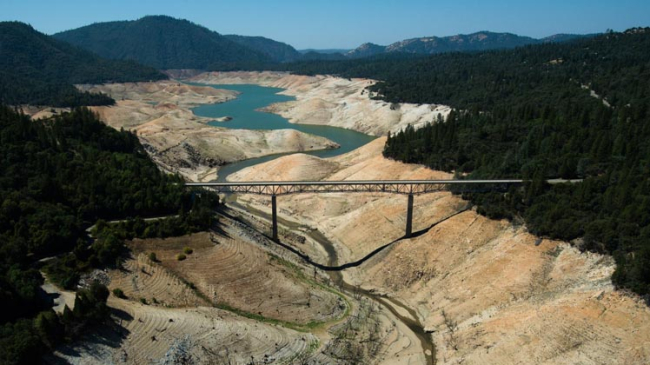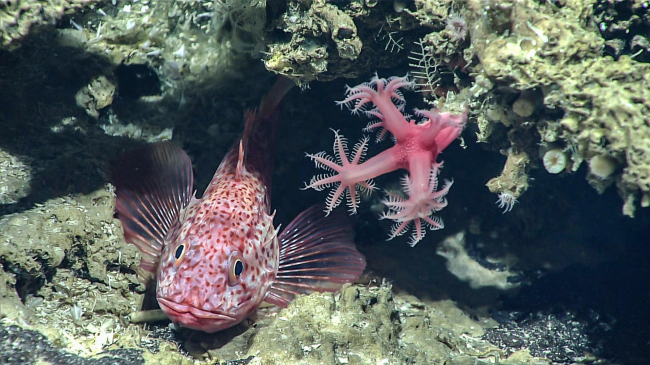A small business that teamed up with NOAA to design a new tool that NOAA is using to improve the nation’s elevation measurements is now taking flight in the commercial market.

The Centaur flies over Nantucket, Massachusetts, as part of a project to identify great white sharks. The plane was operated remotely from a nearby research vessel. (Image credit: Courtesy of Aurora Flight Sciences)





